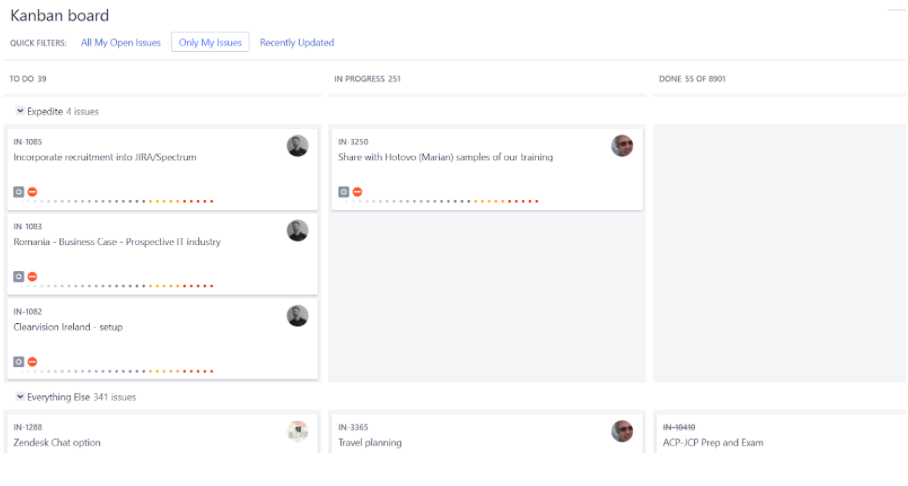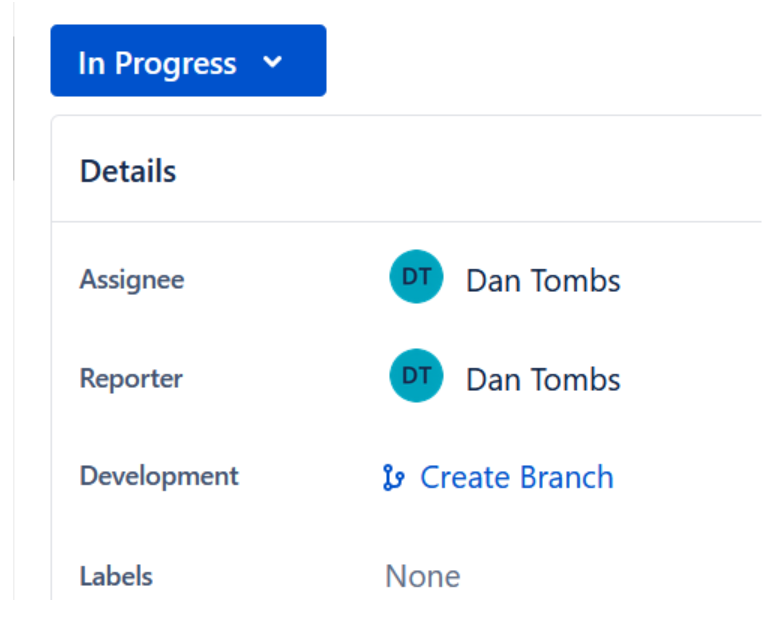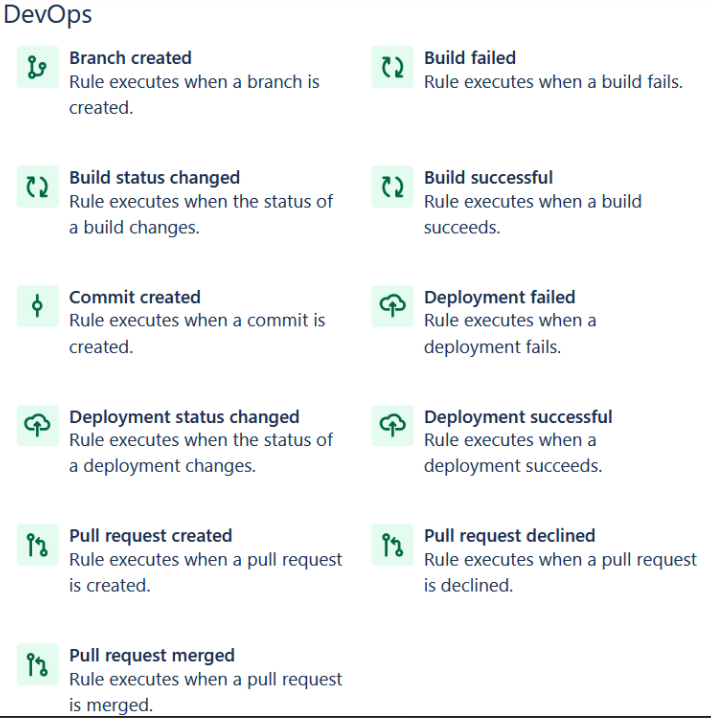Jira Software helps teams structure work, but that doesn't mean everyone in the team uses it equally. Take Developers - they spend their lives coding, arguably using Jira the least. This creates a disconnect between tickets and code, which is a headache for Product Owners (POs) and Project Managers (PMs) overseeing the vision and releases. So how do you keep Developers coding while maintaining transparency for PMs and POs so they can continue building the strategy and understanding current standings? Do you ask Developers to spend time manually updating Jira tickets, or do you ask PMs and POs to inspect code repositories held within applications like GitLab and Bitbucket? Before we can answer that question, we need to look at both products.
What is Jira Software?
Regardless of the version of Jira you’re using (Jira Work Management, Jira Service Management, Jira Software), it is flexible to business needs. Every company has its own data capture requirements, ways of working, and meanings of work milestones. With its custom fields and workflow designer, you can be sure your needs will be met.
A unique feature of Jira Software is agile boards. Agile boards provide teams that follow different methodologies the option to bring their style of work into the digital space and visualise their workload in an agile format. The two types of boards are Kanban and Scrum. While they look and work similarly, they have unique features. Scrum boards allow you to create sprints where you can drag and drop items of work, providing a focus for the given sprint length. You can define the sprint length (1-4 weeks) with pre-set options or use the custom date picker to select a start and end. This keeps boards clean of noise, and distractions from the backlog of work your team might have. Kanban boards, on the other hand, are designed for the continuous stream of work. While you can have a designated backlog view to keep the board clean and focused, there is no physical start and stop. When creating a software project, decide whether you would like to work in a Scrum or Kanban fashion. This will help you get started. Once you’re up and running, you can create as many boards as you like of both types and tie them to a project. There are no limits on the quantity or types of boards!

To ensure the board suits the needs of your team, add columns or swimlanes to visualise the split of work.
What is Bitbucket?
To understand Bitbucket, you need to understand Git. Git is a distributed version control system (VCS) that allows you to take a snapshot of files for a history of the evolution of that file. Every time you make a change and commit it, Git takes a snapshot of the project and records where changes have occurred. If one file has not changed, it won't save a new copy, it’ll just link back to the previous one. Bitbucket is Atlassian’s Git repository management system. It encases Git to provide teams with a centralised location to store and collaborate on all software code. It offers teams a way to manage access to repositories, create detailed code reviews, and use Bitbucket pipelines to build, test, and deploy via an integrated CI/CD. It also has built-in security scan reports, ensuring you always deliver quality software, and it integrates with Jira Software to plug the gap between Developers writing the code and PMs/POs seeking the information.
Why integrate Jira and Bitbucket?
Integrating critical business systems provides an opportunity for less context-switching and more efficient and productive teams. Without integrating Jira and Bitbucket, you might have to input the same information into both systems. Instead, critical information is updated automatically, allowing for faster decision-making and removing potential confusion by eliminating data inconsistencies. As systems are automatically synchronised, users have more time to focus on their jobs over admin tasks.
Note: To integrate Jira and Bitbucket, you need to be a workspace admin in Bitbucket and Jira.
To get started with the integration, head to the product administration console in Jira by clicking the cog in the top right and selecting ‘products’. Then select ‘DVCS Accounts’ and follow the onscreen wizard to link the applications.
Once you have the tools integrated, both Jira and Bitbucket will gain additional fields. In Jira, your projects will have the ability to create branches directly from tickets.

Returning to the ticket will allow you to open an additional screen, creating a complete picture.

In Bitbucket, you can open Jira tickets directly, add comments, and transition or edit custom fields, allowing for less context switching and more efficient teams.

No team wants to repeat the work that automation can do for them. Automation for Jira can remediate some of the more manual tasks in your business by using DevOps-specific triggers. The automation library contains common use cases for you and your team to get up and running, allowing you to focus on coding and less on tickets.
Useful: Known templates.

If you require additional help to excel your company onto the right path with Atlassian software, Clearvision (now part of Eficode) can help. Check out our ninja guide series for tips and tricks on using Confluence and Jira.
We provide discovery workshops for a deep understanding of how your business runs, implementation consultancy, 1:1 mentoring, team training, and Experts on Demand.
Published: Dec 3, 2021
Updated: Nov 15, 2023



